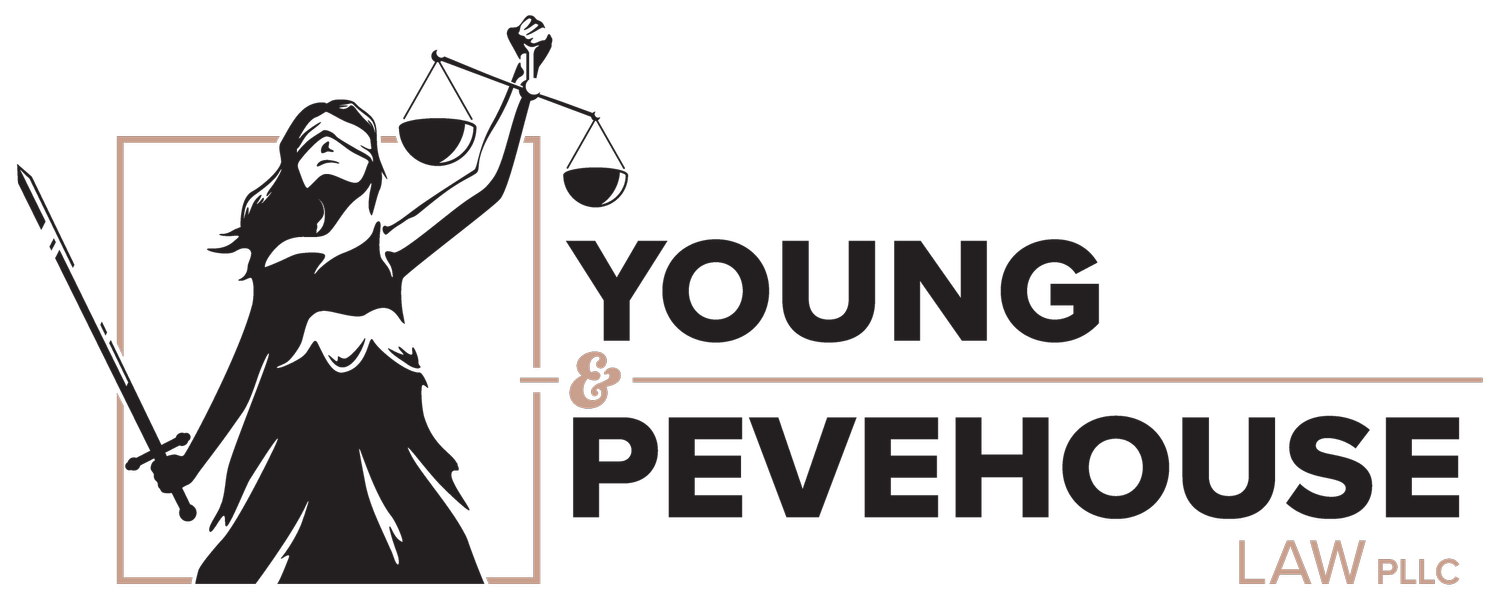Part 5: Legal Steps for Protecting Your Business
Building a successful business involves more than just a great idea and hard work. It also requires a strong foundation of legal protections to ensure your enterprise is secure from various risks and challenges. From forming the right business structure to safeguarding intellectual property, here’s a comprehensive guide to the legal steps you need to take to protect your business.
1. Choosing the Right Business Structure
The structure you choose for your business impacts your liability, taxes, and administrative requirements. Common business structures include:
Sole Proprietorship:
Description: A sole proprietorship is the simplest form of business, owned and operated by one individual.
Pros: Easy to set up, full control by the owner, and straightforward tax filing.
Cons: Unlimited personal liability for business debts and obligations.
Partnership:
Description: A partnership involves two or more people who share ownership of a business.
Pros: Shared resources and expertise, relatively easy to establish.
Cons: Joint and several liabilities, potential for conflicts between partners.
Limited Liability Company (LLC):
Description: An LLC provides limited liability protection to its owners (members) while offering flexibility in management and taxation.
Pros: Limited personal liability, flexible management, pass-through taxation.
Cons: More complex to set up than sole proprietorships or partnerships, state-specific regulations.
Corporation:
Description: A corporation is a separate legal entity owned by shareholders.
Pros: Limited liability, ability to raise capital through stock sales, perpetual existence.
Cons: More complex and costly to set up, double taxation (unless an S corporation).
2. Drafting Key Legal Documents
Having the right legal documents in place is crucial for defining roles, responsibilities, and procedures within your business. Essential documents include:
Operating Agreement (for LLCs):
Purpose: Outlines the management structure, member roles, and operating procedures of the LLC.
Benefits: Prevents disputes among members, clarifies decision-making processes, and provides legal protection.
Partnership Agreement (for Partnerships):
Purpose: Defines the terms of the partnership, including profit sharing, decision-making, and dispute resolution.
Benefits: Reduces misunderstandings, ensures smooth operation, and provides a framework for resolving conflicts.
Corporate Bylaws (for Corporations):
Purpose: Establishes the internal rules and procedures for managing the corporation.
Benefits: Ensures compliance with state laws, clarifies the roles of directors and officers, and provides governance structure.
Non-Disclosure Agreements (NDAs):
Purpose: Protects sensitive business information by legally binding parties to confidentiality.
Benefits: Safeguards trade secrets, proprietary information, and other confidential data.
Employment Contracts:
Purpose: Defines the terms of employment, including duties, compensation, benefits, and termination procedures.
Benefits: Clarifies expectations, protects against wrongful termination claims, and helps retain top talent.
3. Protecting Intellectual Property
Your business’s intellectual property (IP) is a valuable asset that needs protection. Key IP protections include:
Trademarks:
Purpose: Protects brand names, logos, and slogans.
Benefits: Prevents others from using similar marks that could confuse customers, enhances brand recognition.
Patents:
Purpose: Protects new inventions and processes.
Benefits: Grants exclusive rights to use, sell, or license the invention, preventing others from profiting from your innovation.
Copyrights:
Purpose: Protects original works of authorship, such as books, music, and software.
Benefits: Ensures you control how your work is used and distributed, prevents unauthorized copying.
Trade Secrets:
Purpose: Protects confidential business information that provides a competitive edge, such as formulas, processes, or customer lists.
Benefits: Maintains the secrecy and competitive advantage of your business information.
4. Ensuring Legal Compliance
Compliance with federal, state, and local laws is essential to avoid fines, lawsuits, and other legal issues. Key compliance areas include:
Business Licenses and Permits:
Requirement: Obtain the necessary licenses and permits to operate legally in your industry and location.
Consequences: Operating without the required licenses can result in fines, closures, or legal action.
Employment Laws:
Requirement: Comply with laws regarding hiring, wages, workplace safety, and anti-discrimination.
Consequences: Non-compliance can lead to lawsuits, fines, and reputational damage.
Tax Compliance:
Requirement: File and pay all required federal, state, and local taxes, including income, sales, and payroll taxes.
Consequences: Failure to comply with tax laws can result in penalties, interest, and audits.
Environmental Regulations:
Requirement: Adhere to laws and regulations related to environmental protection and waste disposal.
Consequences: Non-compliance can result in fines, legal action, and harm to your business’s reputation.
5. Implementing Risk Management Strategies
Identifying and managing potential risks can help protect your business from unexpected challenges. Key strategies include:
Insurance Coverage:
Types: General liability, property, professional liability, workers’ compensation, and cyber insurance.
Benefits: Provides financial protection against lawsuits, property damage, employee injuries, and data breaches.
Contracts and Agreements:
Purpose: Clearly define terms, responsibilities, and dispute resolution mechanisms in all business dealings.
Benefits: Reduces the risk of misunderstandings, breaches, and legal disputes.
Employee Training:
Focus Areas: Workplace safety, anti-discrimination, data security, and compliance with company policies.
Benefits: Reduces the risk of accidents, legal violations, and data breaches, and improves overall business operations.
Regular Audits and Reviews:
Purpose: Periodically review financial records, compliance status, and risk management practices.
Benefits: Identifies potential issues early, ensures ongoing compliance, and improves business efficiency.
6. Establishing a Dispute Resolution Plan
Having a plan for resolving disputes can help avoid costly and time-consuming litigation. Key components include:
Mediation and Arbitration Clauses:
Purpose: Include clauses in contracts that require parties to attempt mediation or arbitration before pursuing litigation.
Benefits: Provides a faster, more cost-effective way to resolve disputes, preserves business relationships.
Internal Dispute Resolution Policies:
Purpose: Establish clear procedures for handling disputes within the company.
Benefits: Ensures disputes are addressed promptly and fairly, reduces the risk of escalation.
Legal Counsel:
Role: Retain experienced legal counsel to advise on potential disputes and represent your interests.
Benefits: Provides expert guidance, reduces the risk of unfavorable outcomes, and ensures legal compliance.
Taking these legal steps to protect your business helps ensure its long-term success and stability. By choosing the right business structure, drafting key legal documents, protecting intellectual property, ensuring legal compliance, implementing risk management strategies, and establishing a dispute resolution plan, you can safeguard your business against various risks and challenges. Always consult with a legal professional to tailor these steps to your specific business needs and circumstances.

